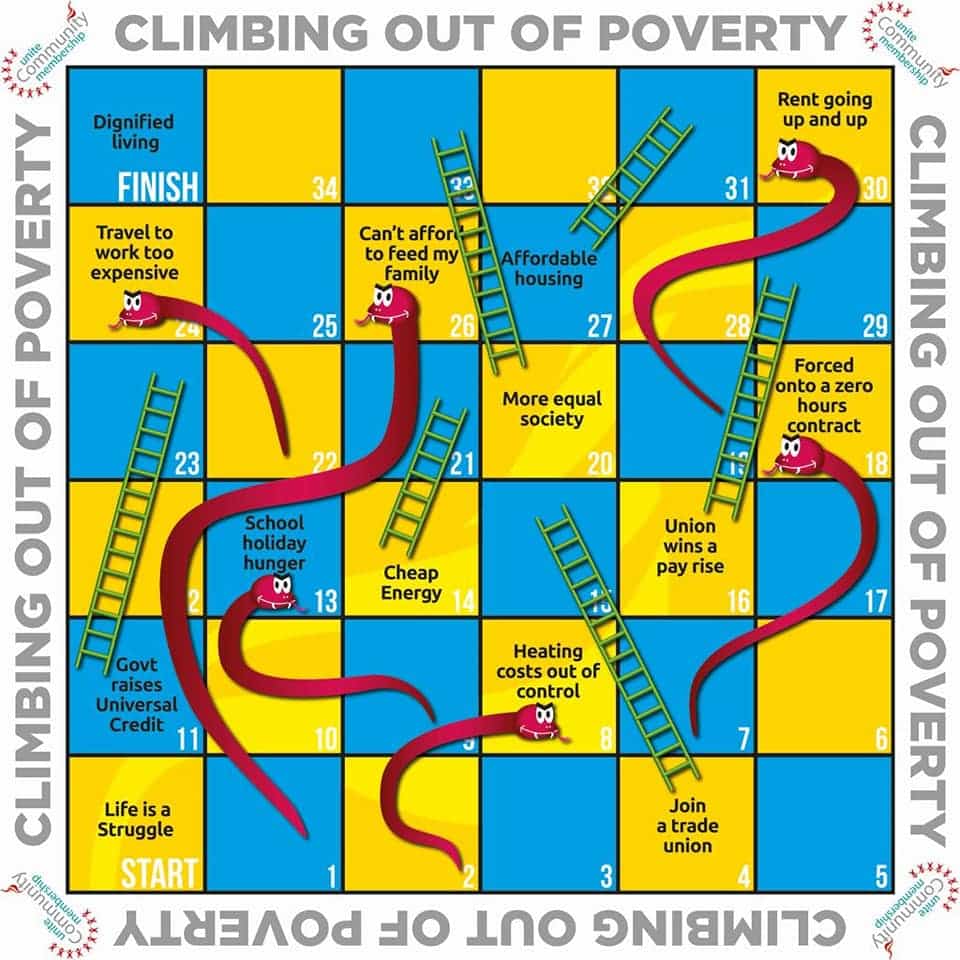The Labour Party, once the proud architect of the welfare state, now finds itself in the paradoxical position of dismantling the very system it created. Under the leadership of Sir Keir Starmer, the party has embarked on a controversial path of welfare reform, targeting disability benefits and imposing sweeping cuts to public spending. This shift has sparked outrage among Labour MPs, trade unions, and charities, who accuse the government of abandoning its core principles to appease the wealthy while punishing the most vulnerable.
At the centre of this transformation is Liz Kendall, the Labour Work and Pensions Secretary, who has become the face of the party’s aggressive approach to welfare reform. According to the Institute for Fiscal Studies (IFS), Kendall has gone further than any Conservative predecessor since 2015 in tightening the welfare system. Her reforms, unveiled this week, target Personal Independence Payments (PIP), with hundreds of thousands of people expected to lose support if they suffer from milder mental health conditions or less severe physical disabilities. The aim is to save £5 billion from a disability benefits bill that is projected to rise by over £20 billion to £75 billion by the end of the decade.
Kendall defends her approach as a moral imperative, arguing that the current system fails to provide meaningful opportunities for those it is meant to support. “I am going to be a Labour Work and Pensions Secretary who fixes a broken system,” she declared. “I want to say to people who’ve been written off and denied chances and choices that we believe in them.” Yet, for many, her rhetoric rings hollow. Critics argue that these reforms are less about empowering individuals and more about slashing costs at the expense of the poor.

The economic justification for these cuts is rooted in the government’s fiscal challenges. Growth remains sluggish, with businesses and opposition parties blaming tax rises in the October budget for stifling investment. Meanwhile, the cost of government borrowing is rising, leaving Chancellor Rachel Reeves with a £9.9 billion hole in the public finances. Reeves has ruled out further tax increases on the wealthy or corporations, leaving spending cuts as the only viable option. Welfare, as the largest area of government expenditure, has become the first target.
This approach has led to accusations that the Labour government is prioritising the interests of the rich while “whacking the poor.” By refusing to consider higher taxes on wealth or corporate profits, the government is effectively shielding the affluent from bearing the burden of fiscal repair. Instead, the weight of austerity is falling on those who can least afford it: disabled people, low-income families, and individuals reliant on welfare support.
Sir Keir Starmer has sought to frame these reforms as a necessary modernisation of the welfare state, insisting that they do not signal a return to austerity. “There will be no return to austerity,” he claimed, arguing that efficiency savings and technological innovation can maintain public services even as spending growth slows. Yet, for those directly affected by the £5 billion in benefit cuts, such assurances offer little comfort. The reality is that these reforms will leave many of the most vulnerable in society worse off, while the wealthy remain largely untouched.
The political ramifications of this approach are significant. Labour’s move into what has traditionally been Conservative territory has left many in the party deeply uncomfortable. Former Tory Work and Pensions Secretary Baroness Coffey noted wryly, “These are Conservative policies that Labour MPs will be voting for.” While the measures may prove popular with some sections of the electorate, they risk alienating Labour’s core supporters and sparking internal dissent.
Critics within the party have been quick to point out the hypocrisy of a Labour government implementing policies that disproportionately impact the poor while protecting the rich. “This is one of those issues that come back to bite later,” warned one veteran Labour MP. The fear is that these reforms will deepen inequality and undermine the party’s historic commitment to social justice.
As the government prepares to outline the details of its welfare reforms, hundreds of thousands of benefit recipients face an anxious wait to see whether they will still qualify for support. For Sir Keir Starmer, the challenge will be to reconcile his party’s progressive ideals with the harsh realities of fiscal management. But as things stand, the Labour government appears to be appeasing the rich while whacking the poor – a far cry from the party’s founding principles.
The welfare state, once a symbol of Labour’s commitment to equality and social protection, is now being dismantled by the very party that created it. For those who rely on it, the future looks increasingly uncertain. And for Labour, the question remains: at what cost?
10 ways in which the policies of Keir Starmer’s Labour Party and the Conservative Party (Tories) overlap or appear similar:
- Fiscal Responsibility: Both parties emphasise the importance of maintaining fiscal discipline and reducing national debt, with Labour under Starmer committing to strict spending rules and avoiding unfunded commitments. However, the national debt continues to rise daily and has done for well over a decade.
- Support for NATO and Defence: Both parties strongly support NATO and have committed to maintaining or increasing defence spending, aligning with the UK’s role in global security.
- Net Zero Targets: Labour and the Conservatives have pledged to meet the UK’s net-zero carbon emissions targets by 2050, though both are tending to pay lip service or are stepping back.
- Pro-Business Stance: Starmer’s Labour has sought to position itself as pro-business, echoing the Conservative Party’s emphasis on fostering a favourable environment for businesses and economic growth.
- Immigration Control: Both parties support controlled immigration, with Labour under Starmer acknowledging the need for a fair but managed system, similar to the Conservatives’ focus on reducing illegal immigration. Both, though, recognise that capitalism demands cheap labour, and overseas workers provide this.
- Support for Ukraine: Both parties have shown strong support for Ukraine in its conflict with Russia, advocating for continued military and humanitarian aid, thus prolonging the fighting.
- Education Reform: Both parties have expressed a commitment to improving education standards, though their specific policies may differ. Labour say they are focused on addressing inequalities, while the Conservatives have emphasised school choice and standards.
- NHS Funding: While Labour traditionally champions the NHS more prominently, both parties are increasing the role of the private sector.
- Law and Order: Both parties talk a lot about the importance of tackling crime and supporting police forces, with Labour under Starmer adopting a ‘tougher’ stance on law and order than previous Labour leaders.
- Brexit Pragmatism: While Labour initially opposed Brexit, Starmer has accepted the referendum result and ruled out rejoining the EU, aligning with the Conservatives’ stance on maintaining Brexit outcomes, though Labour seeks closer ties with the EU in certain areas.
The Impact and the Solution:







